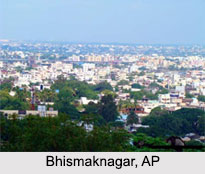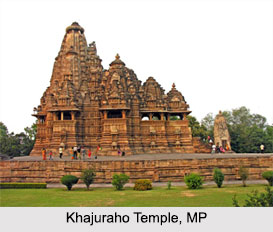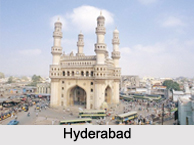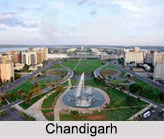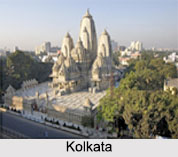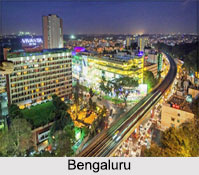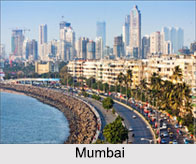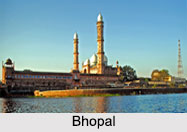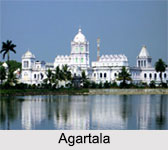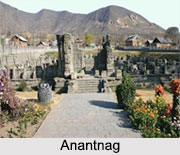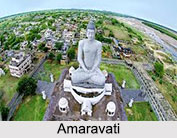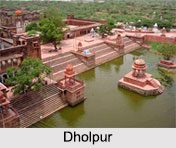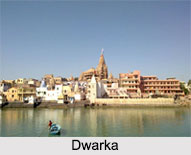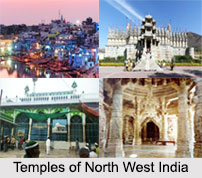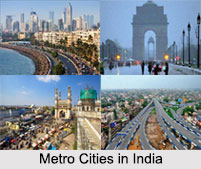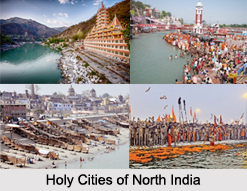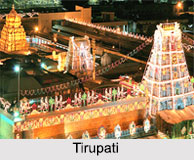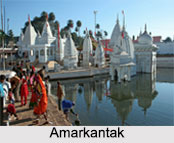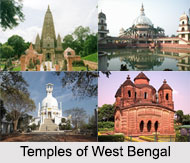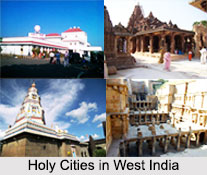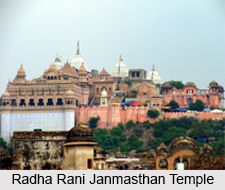 Raval is a religious place in Uttar Pradesh. This place is around 10 km to the south-east of Mathura.
Raval is a religious place in Uttar Pradesh. This place is around 10 km to the south-east of Mathura.
Location of Raval
Raval is about one kilometre off the main road of Mathura.
Geography of Raval
Rawal is 9km south of Mathura, on the other side of the Yamuna River. It is about halfway between Mathura and Gokul.
Importance of Raval
Raval has mythological significances. This is located on the eastern side of the Yamuna River. This small place is very famous since it is the birthplace of Lord Krishna`s divine consort, Radha.
Radha Rani Janmasthan Temple
Radha Rani Janmasthan Temple is the most famous place in Raval. The temple is located in an isolated place, away from the city life. The shade from these trees provides respite from the scorching heat of the afternoon sun. It is believed that it is the palace of Vrishabhanu. Radha Rani Temple is a huge temple made of white marble. The entire courtyard is also made of pure white marble. The wooden doorway is decorated with silver plated arches. Radha Rani Temple has two pairs of idols of Radha and Krishna, kept on a raised podium. The bigger pair of idols of Radha Rani Temple is behind the smaller pair. From the terrace of the first floor, there is a huge pond nearby.
Mythological History of Raval
It is confirmed that once, King Vrishabhanu went to the Yamuna River to take bath, there he saw a golden lotus flower that shone like a million suns in the middle of the river. In the middle of the lotus flower was baby. She was later named as Radharani. God Brahma appeared before King Vrishabhanu and told him that in his previous life he and his wife, Kirtida, had performed great austerities to get her as their daughter. King Vrishabhanu took the child home, but found her to be blind. Narada Muni appeared before the king and told him that despite the child"s blindness he should go ahead and perform all the auspicious birth ceremonies.
Blindness of Radha
It is said Radha"s eyes were not open till the age of eleven months and fifteen days. After 11 months 15 days Shree Krishna was born. Nand Baba invited everybody to celebrate Krishn"s birth. Vrishbhan, Kirti were also invited. Shree Krishna lay in the dolna. At that moment Radha opened her eyes and saw Krishna.
Related Articles
Gokul, Uttar Pradesh
Architecture of Vrindavan
Kali Bari Temple, Shimla, Himachal Pradesh
Haathi Parvat, Uttarakhand
Kaundinya Wildlife Sanctuary, Andhra Pradesh
Parichha Dam, Uttar Pradesh
Culture of Uttar Pradesh
Nautanki, Uttar Pradesh
Cities of Uttar Pradesh
Festivals of Uttar Pradesh
Mathura, Uttar Pradesh
Mathura District
Mathura School of Art
Lord Krishna
Death of Lord Krishna
Birth of Lord Krishna
Narada Purana
